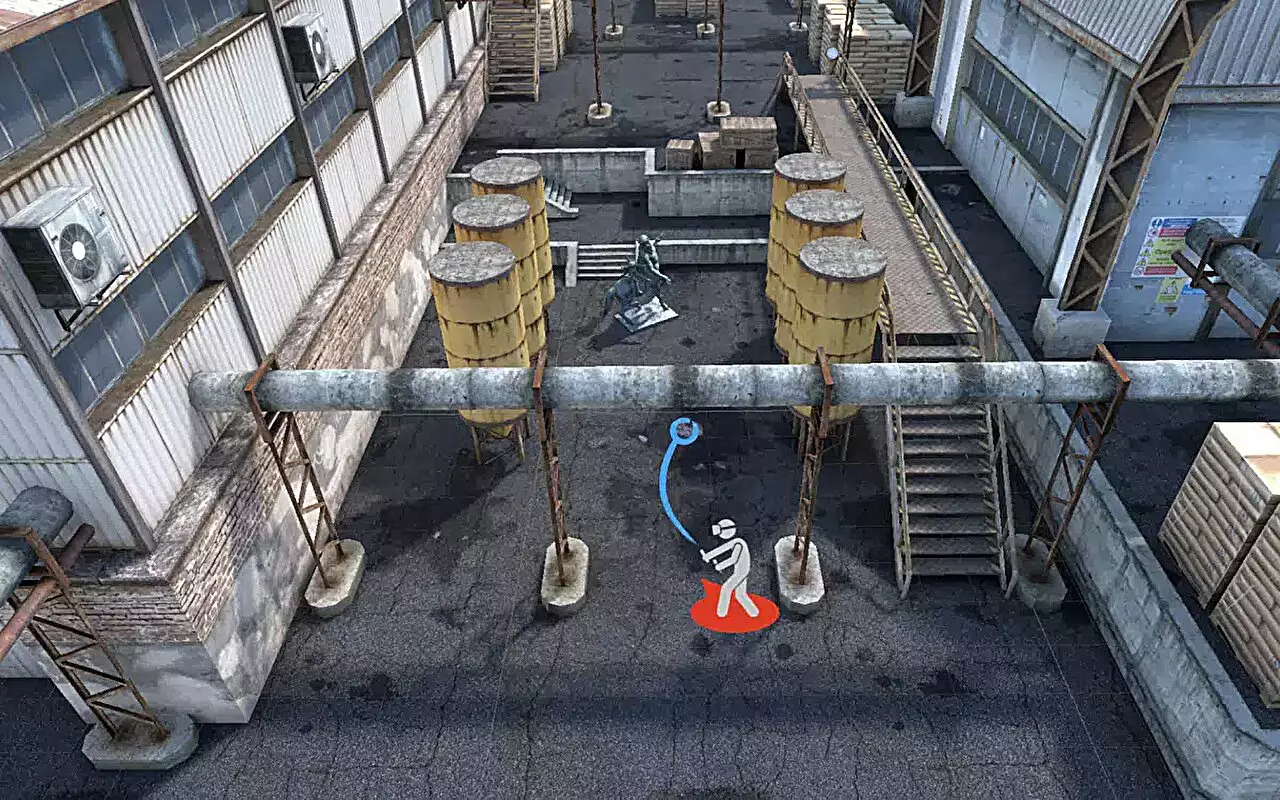The University of Helsinki recently conducted a study that revealed how cinematography techniques can greatly enhance user engagement with virtual environments. By applying principles of composition and continuity commonly seen in filmmaking, researchers were able to improve the aesthetic appeal of virtual reality experiences. These techniques involve carefully framing the user’s view after teleportation to create a more visually appealing environment for exploration.
One of the key benefits of utilizing cinematography techniques in virtual environments is the mitigation of motion sickness, which is a common issue for VR users. While traditional teleportation methods in VR games can lead to reduced spatial awareness and disorientation, the new approach developed by the researchers aims to address these problems. By leveraging cinematic techniques, designers can influence the user’s attention and improve their perception of the virtual space.
The implications of this research are significant for a wide range of VR applications, especially as the cost of VR headsets continues to decrease. Video games, virtual museums, galleries, and VR movies stand to benefit greatly from incorporating these cinematography techniques into their designs. By creating more engaging and coherent experiences for users, designers can take full advantage of the capabilities of virtual reality technology.
Overall, the study conducted by the University of Helsinki sheds light on the transformative power of cinematography in enhancing user engagement in virtual environments. By integrating principles of composition and continuity from filmmaking, designers can create immersive and visually stunning experiences that captivate users and provide a more comfortable and enjoyable VR experience. As virtual reality technology continues to advance, the incorporation of these techniques is poised to revolutionize the way users interact with digital spaces.



Leave a Reply